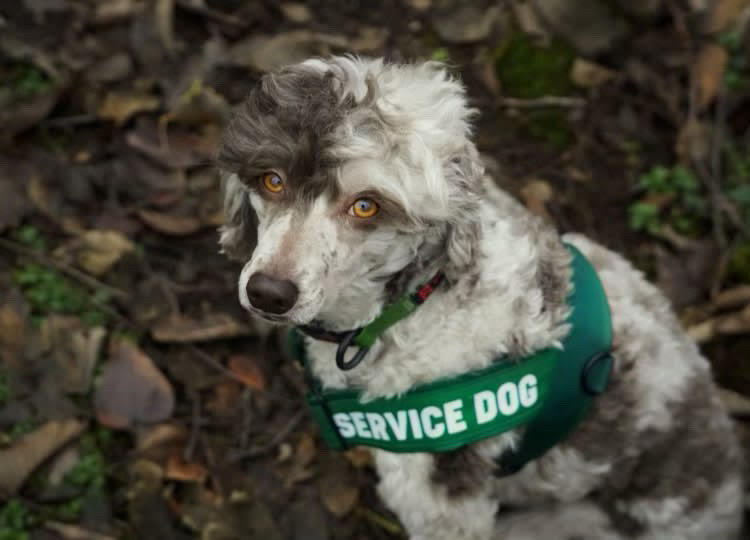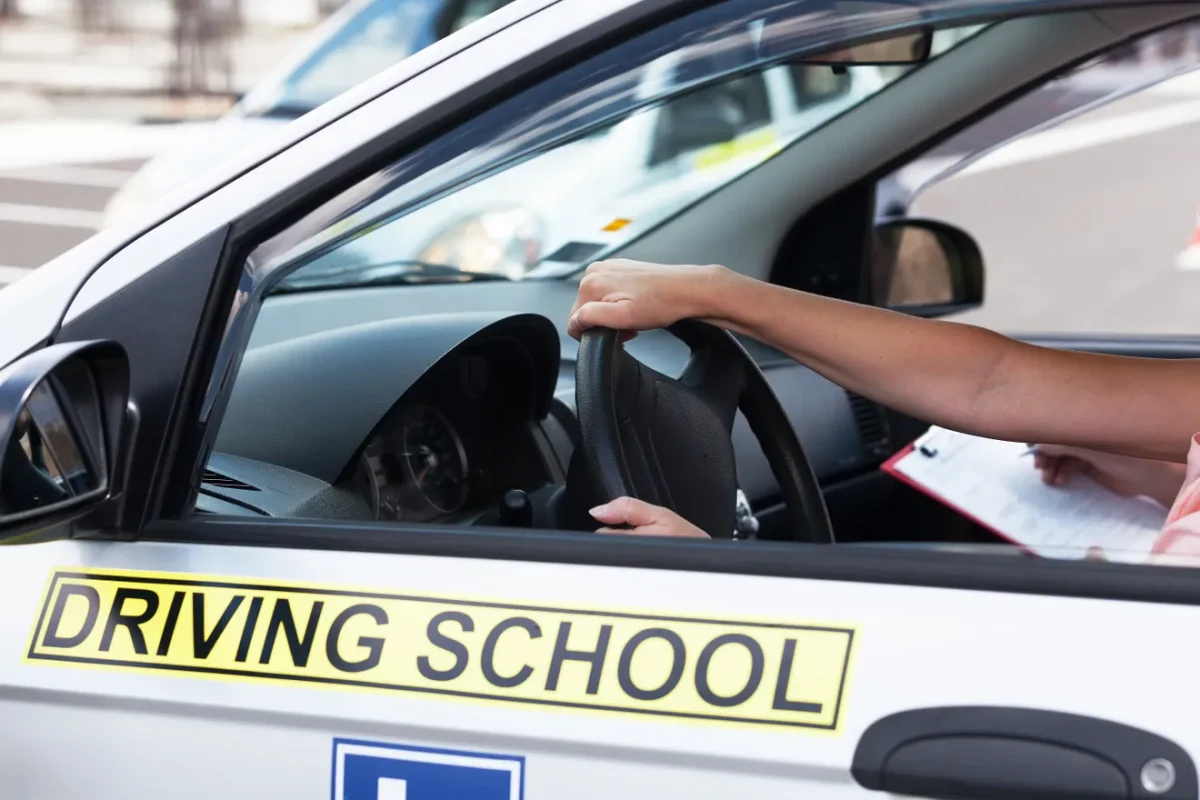Dogs have the power to save lives.
Service dogs, or assistance dogs, are task-trained animals that help a person mitigate their disability. This disability can be psychological, physiological or both. The only classification to qualify a person for a service dog is that they must have a disability that impairs their life. However, simply having a disability does not mean that someone’s pet is a service dog. The dog must be task-trained to help the person mitigate their disability. Having a task-trained dog does not make a dog a service dog; their handler must be disabled.
When someone thinks of a service dog, they often think of Guide Dogs for the Blind, which are dogs trained to help blind people better navigate their worlds. These dogs aren’t trained to know where everything is of course, but are trained to follow their handler’s commands as to where to go. The majority of dogs are trained to go left, right and forward on cue. Most service dogs are also trained in obedient disobedience, which is when the dog is trained to evaluate safety when they pick up on dangers their handler doesn’t. This can be things like if a handler doesn’t notice they are about to cross a busy street, the dog will stop and not let the handler continue.
Examples of service dog tasks also include a dog picking things up off the ground that the handler cannot, pulling a wheelchair, or alerting to allergens. Tasks vary depending on the person’s disability and what they need, which isn’t the same for each disability. Someone with Postural Orthostatic Tachycardia Syndrome might only need a dog to alert to Tachycardia episodes, but another person with the same syndrome might need the dog to alert to tachycardia episodes, pick up dropped items, perform forward momentum pull and alert to fainting episodes. It all depends on the severity of a disability and what the person needs help with.
The Americans with Disabilities Act (ADA) stipulates that business owners can only ask a service dog handler two specific questions concerning their service dog. These include, “Is this a service dog required by a disability?” and “What tasks does this service dog provide?” The establishment cannot inquire about the nature of their disability nor may they deny service to the handler and their dog. The establishment can however ask that the handler remove their dog if it is behaving uncontrollably. Allergies and phobias of dogs are not valid reasons for an establishment to request that the service dog be removed; as the ADA classifies service dogs as medical equipment.
ADA law states that a service dog does not need to carry any identification of their service dog. There is no registry of service dogs in the United States nor is there a requirement for the dog to be wearing a vest/harness that identifies the dog as a service dog. ADA law also does not require that a service dog be leashed if it interferes with the dog’s tasks, but the dog must be under the control of the handler.
Gear for a service dog can be anything and none of it is required. Gear can include a Y-Front harness with a counter-ballence handle or pull strap, a guide harness, a vest with characters from the handler’s favorite movie to a simple single-color harness. The gear a handler chooses to put on their dog does not make their dog a service dog, their dog’s tasks make the dog a service dog.
Service dogs also do not need to be trained by a service dog organization. They can be trained in a program for service dogs, by a private trainer, by their owner or a mix of all three. There are high standards for these dogs from the public and the service dog community.
Interacting with a service dog and distracting it from its handler is a federal crime. Many handlers face issues with people distracting their dog by making kissing noises at it, talking to it or petting it. Many service dog vests include “Do Not Pet” patches which the public often ignores. When you distract a service animal, you are potentially putting its handler in danger because while you are petting or talking to this dog, it could miss an alert to a medical episode causing extreme harm to the handler.
While the ADA makes legally getting a service dog simple, this comes with the hazard of fake service dogs. Considering that establishments cannot ask about a person’s disability, this leads many people who are uneducated on laws to go online to fake organizations that claim to “certify” your animal as a service dog and give you paperwork for them. This is incredibly harmful because when fake handlers present businesses with this paperwork, they begin to expect it from everyone. This allows for more access issues for real handlers who don’t have this paperwork because it is not real or legally required.
Fake service dogs are also a problem due to they are often untrained and ill-behaved, which can be a safety hazard for real service dogs and their handlers. An untrained dog could attack their service dog and end its career due to injuries and fears. Service dogs take thousands of dollars and hundreds of hours to train and are considered life-changing medical equipment. An untrained dog may put a real service dog’s career in danger.







